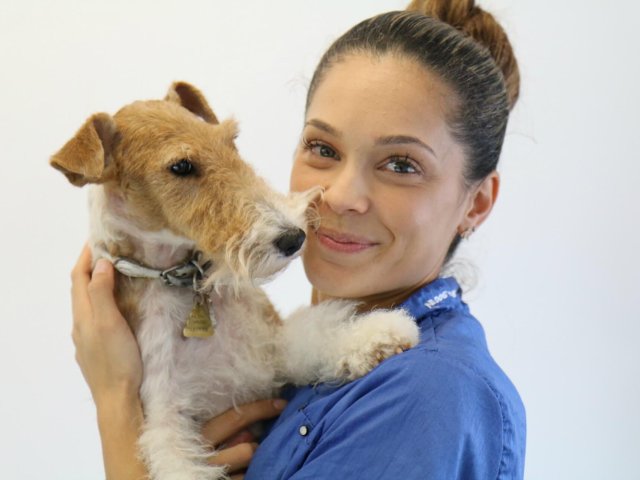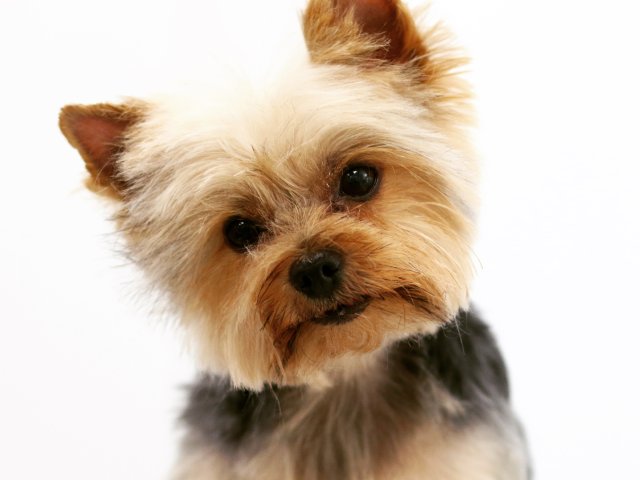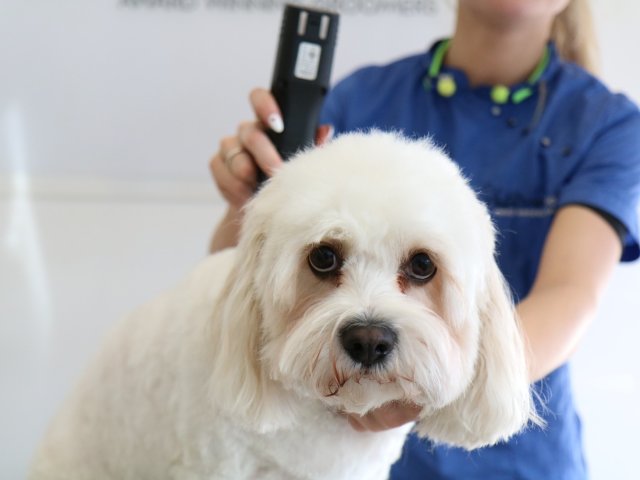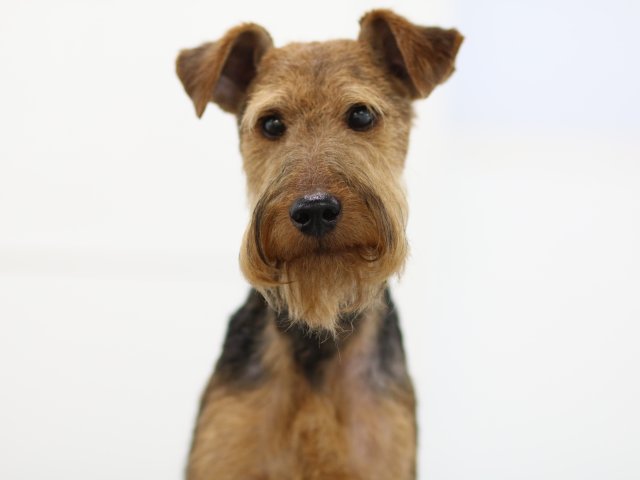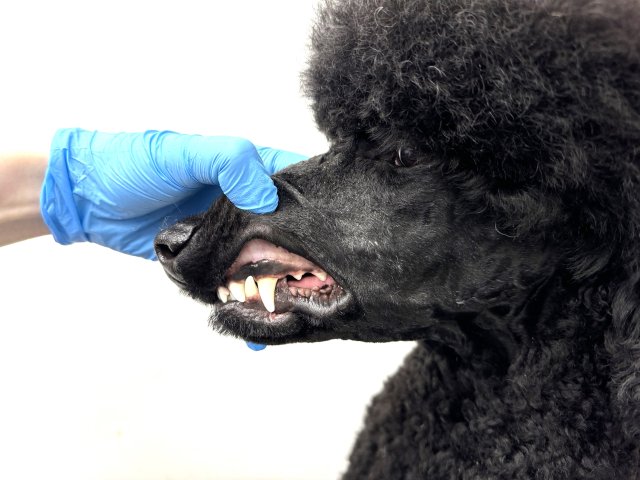Big or small, young or old, dogs need to exercise daily. As a dog person, you understand the importance of exercise. You know how important daily dog walks are for you and your doggy. Without activity, your dog will become bored, frustrated and unhealthy.
Exercise tones the muscles helps the body and metabolic system to function properly and engages your dog’s mind. But, different dogs need different levels of activity. Do you ever find yourself wondering, “How much exercise does my dog really need?”
No two dog owners walk their dog the same way, and there is no formula to calculate exactly how much exercise a dog needs. Some are happy with a 30-minute walk a day, others can spend hours running around! If you are trying to work out how much exercise your dog needs – if they are being walked enough and exactly what counts as exercise, this blog will help!
What counts as exercise?
A wide variety of activities can count as ‘exercise’ for your dog. Playing in the house can be counted as exercise, but it’s better to consider real exercise as being an activity that allows your dog to properly stretch their legs and move around freely. Walking on the lead, playing in the garden, running around off the lead are all great examples of exercise. Other activities, like agility practice or swimming count as exercise too, and should be taken into account when working out your dog’s activity levels and how much exercise they are getting.
Dog breeds
While age and health are the two biggest factors to consider when exercising your dog, the breed also plays a large role, and it is an indication of their general activity level. If you are trying to calculate how much exercise your dog may need it may come in handy to look at their breed history, a Siberian Husky, for instance, is bred to run, so will thrive on a large amount of exercise! Put simply some dogs are more active than others!
Some of the more active dog breed types that require more exercise include:
Terriers
Shepherds
Retrievers
Pointers
Scent hounds
As a general breed’s in the hunting, working, or herding groups will need a significant amount of exercise each day to stay healthy and happy. Around 60-90 minutes of exercise each day including a mixture of easy and rigorous activity, from running, playing with other dogs, to a hike or dog sports like agility or flyball!
Similarly, there are breeds that need less exercise, some less-active dog breed types include:
Toy breeds (Maltese, Yorkies, Chihuahuas)
Giant breeds (Great Danes, Mastiffs, Newfoundlands)
Brachycephalic, or smush-nosed, breeds (pugs, French bulldogs, Shih Tzus)
An adult toy or low-energy breed requires anywhere from 30-60 minutes of exercise a day. For some dogs, that means a slow walk around the neighbourhood. For others, it’s a few games of fetch in the back garden.
Age and health
The age of your dog and their general health will also affect how much exercise they need and should get; puppies have a lot of energy, but they wear out quickly so need to be exercised in short bursts!
Puppies are growing nonstop, and take frequent naps, so plan on shorter bursts of exercise. In general, puppies need several short (5-10 minutes) exercise sessions throughout the day. For a puppy, exercise can be as simple as playing! Long walks are hard on your puppy’s developing joints and bones, so if you’re ready to establish a dog walking routine, start small. A good guideline is to walk five minutes for every month of your puppy’s life, up to two times a day. So a 12-week-old puppy can safely go on a 15-minute walk in the morning and again at night. The more time you spend with your puppy, the more you’ll be able to read their body language and behaviour to know when they’re ready to play and when they need a break.
Older dogs are naturally less active than younger dogs. As dog’s age, their gait may stiffen with arthritis and are more likely to suffer from joint problems and various other natural ailments, meaning too much exercise can cause them to tire quickly. There is a fine line between keeping your older dog fit and overdoing it.
If your dog is no longer fit enough to manage long, energetic walks, try breaking down their walks into several shorter walks over the course of the day instead. 30-60 minutes of exercise a day, broken into two or more “activity sessions.” For dogs with joint issues, swimming can be a wonderful alternative to walking.
Mental activity matters, too
Exercise isn’t only about physical energy. Mental stimulation plays a huge role in a dog’s health. Like physical exercise, mental activity staves off boredom, improves mood, and keeps your dog healthy.
All dogs can benefit from mental stimulation, but it’s especially important for dogs who are injured or have limited mobility as they age. They may not need as much physical exercise anymore, but they still need a good brain workout! Don’t be afraid of taking new running paths with your dog, going to different dog parks to keep them stimulated! Increase mental activity with the following:
Puzzle toys and chews
Obedience training
Games like hide-and-seek, or a treat hunt
Quality time and eye contact with you
Your dog’s health is a family affair, so get everyone involved in the canine exercise routine. Family walks and play sessions help you bond with your dog. Dogs and humans alike can benefit from 30 minutes of physical activity each day. Start simple, without putting pressure on yourself or your dog, and you will find that you are both looking forward to this happy time of the day — every day.
And finally, don’t go overboard!
Pay attention to your dog’s signals. If they are restless or pacing, they are probably itching to get out for a nice long walk. If, on the other hand, your dog is content to just lie around, there may not be such a great need for exercise. A short walk will be enough to keep everything in order. Your dog should return from their walk slightly tired and satisfied, but not exhausted when you have finished exercising for the day! Make sure that your dog does not become overheated or worn out when exercising, give them plenty of opportunities to calm down, and provide plenty of fresh water.
You don’t want to pressure your dog into doing things that are too strenuous or you could end up with bigger problems If you have any concerns about whether your dog can handle a long walk or whether you should implement an exercise plan, talk to your veterinarian.
